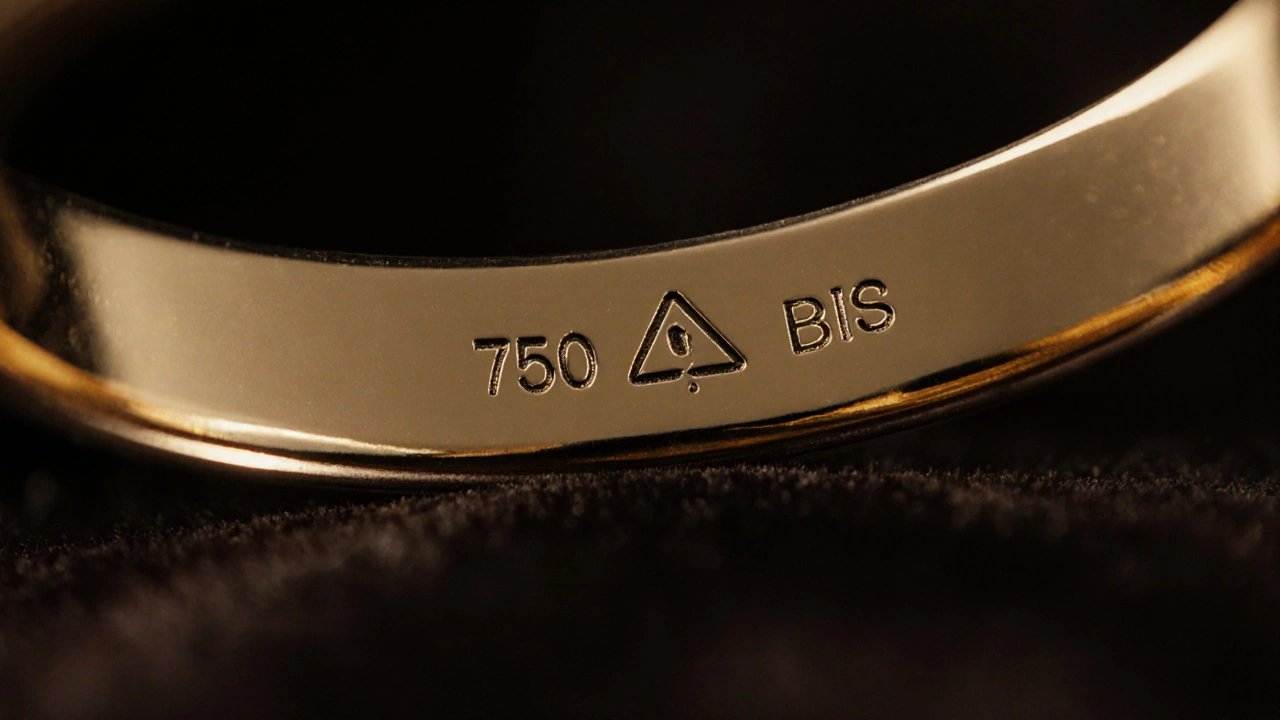Gold Authentication: How to Verify Purity, Hallmarks & Value
When working with gold authentication, the process of confirming that a piece truly contains the gold it claims. Also known as gold verification, it helps buyers avoid costly fakes and ensures resale value. A key part of this is understanding hallmarks, official stamps that indicate purity, manufacturer and compliance with standards like the BIS hallmark, the Indian Bureau of Indian Standards mark that guarantees gold content. You’ll also run simple magnet and acid tests, quick methods to spot plating or low‑grade alloys before trusting a price tag.
Key Elements of Gold Authentication
First, decode the purity numbers you see on a ring or pendant. In India, 875 means the item is 21‑karat gold – 87.5% pure gold mixed with other metals for durability. Knowing this figure helps you estimate market value because pure gold prices rise and fall daily, while the alloy portion stays relatively stable. Next, locate the hallmark stamp; it typically includes the purity code, the BIS logo, and a four‑digit jeweller’s ID. If any of these are missing or look tampered with, treat the piece with caution. Simple tools like a digital scale (to check weight against expected mass) and a jeweller’s loupe (to read fine stamp details) give you an edge without costly lab analysis.
Beyond the basics, many shoppers combine these checks with a few practical tricks. The magnet test is a quick “no‑gold” clue – real gold isn’t magnetic, so if the piece sticks, it’s likely plated or contains a high‑iron alloy. The acid test, using a small drop of nitric acid on a discreet spot, reveals the true karat based on colour change; a green hue indicates 18K, while no reaction confirms higher purity. For those who want a more scientific route, a portable X‑RF scanner can read the metal composition in seconds, though it’s an investment for serious collectors. Remember, authentic gold not only looks right but feels right – it’s heavier, has a warm tone, and the colour stays consistent across lighting conditions.
All these methods tie back to the core goal of gold authentication: making sure you pay for what you get and protect your investment. In the list below you’ll find articles that dive deeper into each of these steps – from decoding 875 marks, mastering the magnet test, to understanding how seasonal price trends affect buying decisions. Whether you’re a first‑time buyer, a seasoned collector, or just curious about the science behind the sparkle, the posts ahead give you actionable insights to spot fakes, gauge value, and shop with confidence.
Understanding the 750 Gold Hallmark on Jewelry
Learn what the 750 mark on jewelry means, how it reflects 18K gold purity, and how to verify authenticity with easy tests and hallmarks.





